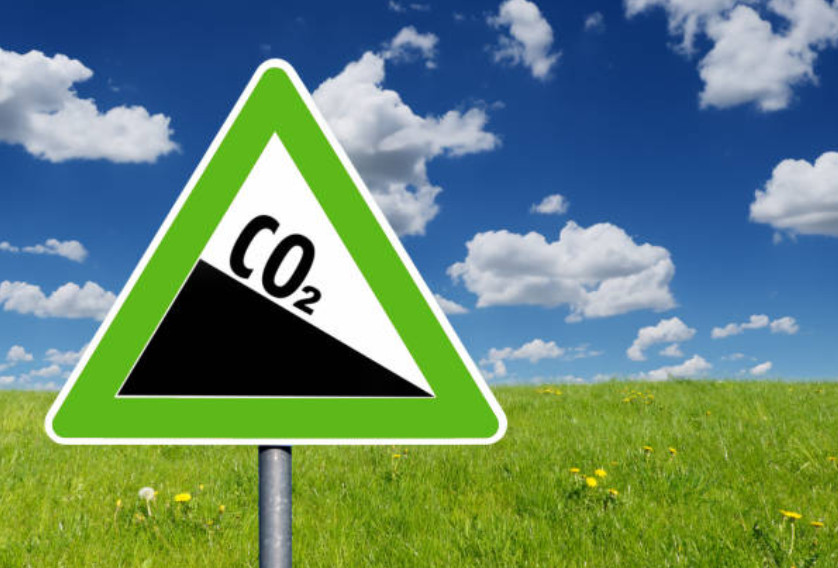Overview of the Problems ????????????
Hi Readers,
Global warming and climate change are among the most pressing challenges facing our planet today. The primary cause of these issues is the increase in greenhouse gases (GHGs) in the atmosphere, largely due to human activities such as burning fossil fuels, deforestation, and industrial processes. These GHGs, including carbon dioxide (CO₂), methane (CH₄), and nitrous oxide (N₂O), trap heat in the Earth’s atmosphere, leading to a rise in global temperatures. ????️
In this article, I wanted to delve into the multifaceted aspects of global warming and climate change, exploring both national and international efforts to combat this existential threat. I invite you to familiarise yourself with these critical issues and join me in spreading awareness. Many among us are deeply concerned but may be too preoccupied with daily struggles to delve into this complex subject. By LIKING ???????? and REPOSTING ???? this article, you can help spread the word and educate others—one person at a time. Together, we can make a difference. ????????
Key Problems:
- Rising Global Temperatures: Average global temperatures have increased by approximately 1.2°C since the late 19th century. ????️
- Melting Ice Caps and Rising Sea Levels: Polar ice caps and glaciers are melting, contributing to rising sea levels, which threaten coastal communities. ????
- Extreme Weather Events: Increased frequency and severity of hurricanes, heatwaves, droughts, and floods. ????️
- Ecosystem Disruption: Changing climates are affecting biodiversity, with many species facing extinction due to habitat loss and altered ecosystems. ????
- Human Health Risks: Heatwaves, air pollution, and the spread of infectious diseases are linked to changing climate conditions. ????
The Impact on the World ????
The impacts of global warming and climate change are far-reaching and affect all aspects of life on Earth.
Environmental Impact:
- Loss of Biodiversity: Many species are unable to adapt quickly enough to changing conditions, leading to extinction and loss of biodiversity. ????

- Ocean Acidification: Increased CO2 levels are causing the oceans to become more acidic, which affects marine life, particularly coral reefs. ????????
- Desertification: Land degradation in arid regions is leading to the expansion of deserts, affecting food security and livelihoods. ????️
Economic Impact: ????
- Damage to Infrastructure: Extreme weather events cause billions of dollars in damage to infrastructure, homes, and businesses. ????????️
- Agricultural Losses: Changes in climate patterns are affecting crop yields, threatening food security and increasing prices. ????????

- Increased Insurance Costs: The risk of damage from natural disasters is leading to higher insurance premiums and costs for individuals and businesses.
Social Impact: ????️
- Displacement of Communities: Rising sea levels and extreme weather events are forcing communities to relocate, leading to social and economic challenges. ????????
- Health Issues: Increased heatwaves, poor air quality, and the spread of diseases are impacting public health. ????️????
- Resource Conflicts: Scarcity of resources such as water and arable land can lead to conflicts and displacement. ????
Reversing the Process of Climate Change ????
To mitigate and reverse the effects of climate change, concerted efforts are required at all levels, from international policy to individual actions. Key strategies include:
Reducing Greenhouse Gas Emissions:
- Transition to Renewable Energy: Increasing the use of solar, wind, hydro, and geothermal energy to reduce reliance on fossil fuels. ☀️????????
- Energy Efficiency: Implementing energy-saving technologies and practices in homes, industries, and transportation. ????????
- Carbon Pricing: Implementing carbon taxes or cap-and-trade systems to incentivize reductions in GHG emissions. ????????

Protecting and Restoring Ecosystems: ????
- Reforestation and Afforestation: Planting trees and restoring forests to absorb CO2 and enhance biodiversity. ????????
- Conservation of Wetlands: Protecting wetlands that act as natural carbon sinks. ????
- Sustainable Agriculture: Adopting farming practices that reduce emissions and enhance soil health. ????
Enhancing Climate Resilience: ????
- Building Climate-Resilient Infrastructure: Designing infrastructure to withstand extreme weather events and rising sea levels. ????️
- Community Adaptation Programs: Supporting communities in developing adaptation strategies to cope with changing climates.????️
- Early Warning Systems: Implementing systems to predict and prepare for extreme weather events.⚠️
Role of the Energy and Building Sectors ⚡????
Energy Sector:
- Shift to Renewable Energy Sources: Investing in solar, wind, and other renewable energy projects to reduce reliance on fossil fuels. ☀️????

- Smart Grids and Energy Storage: Developing smart grid technologies and energy storage solutions to enhance the efficiency and reliability of renewable energy. ????
- Decentralized Energy Systems: Encouraging local energy production through microgrids and community solar projects. ????????️
Building Sector: ????
- Green Building Design: Implementing design principles that reduce energy consumption, such as passive solar heating, natural ventilation, and high-efficiency insulation. ????????️
- Sustainable Materials: Using materials with low environmental impact, such as recycled content, sustainably sourced wood, and low-VOC products. ????????
- Energy-Efficient Systems: Installing energy-efficient lighting, heating, ventilation, and air conditioning (HVAC) systems. ????❄️
- Retrofitting Existing Buildings: Upgrading older buildings to improve energy efficiency and reduce emissions. ????????

- Urban Planning: Designing cities to reduce energy use and emissions, with a focus on public transportation, green spaces, and pedestrian-friendly infrastructure. ????????????
Conclusion
Addressing global warming and climate change requires a multi-faceted approach that involves reducing greenhouse gas emissions, protecting and restoring ecosystems, and enhancing resilience to climate impacts. The energy and building sectors play a crucial role in this transition by adopting sustainable practices and technologies. By working together, we can create a more sustainable, safer, and resilient planet for future generations. ????????
More information ????
Lastly, here are some links to various resources on addressing global warming and climate change that you can include in your article:
- United States Environmental Protection Agency (EPA):
- United Nations Framework Convention on Climate Change (UNFCCC):
- Intergovernmental Panel on Climate Change (IPCC):
- World Meteorological Organization (WMO):
- Global Environment Facility (GEF):
These links will provide any who are interested with a comprehensive overview of both national and international efforts to address climate change.
Warm regards,
Carl Moss.
Concerned Earthling!????????


